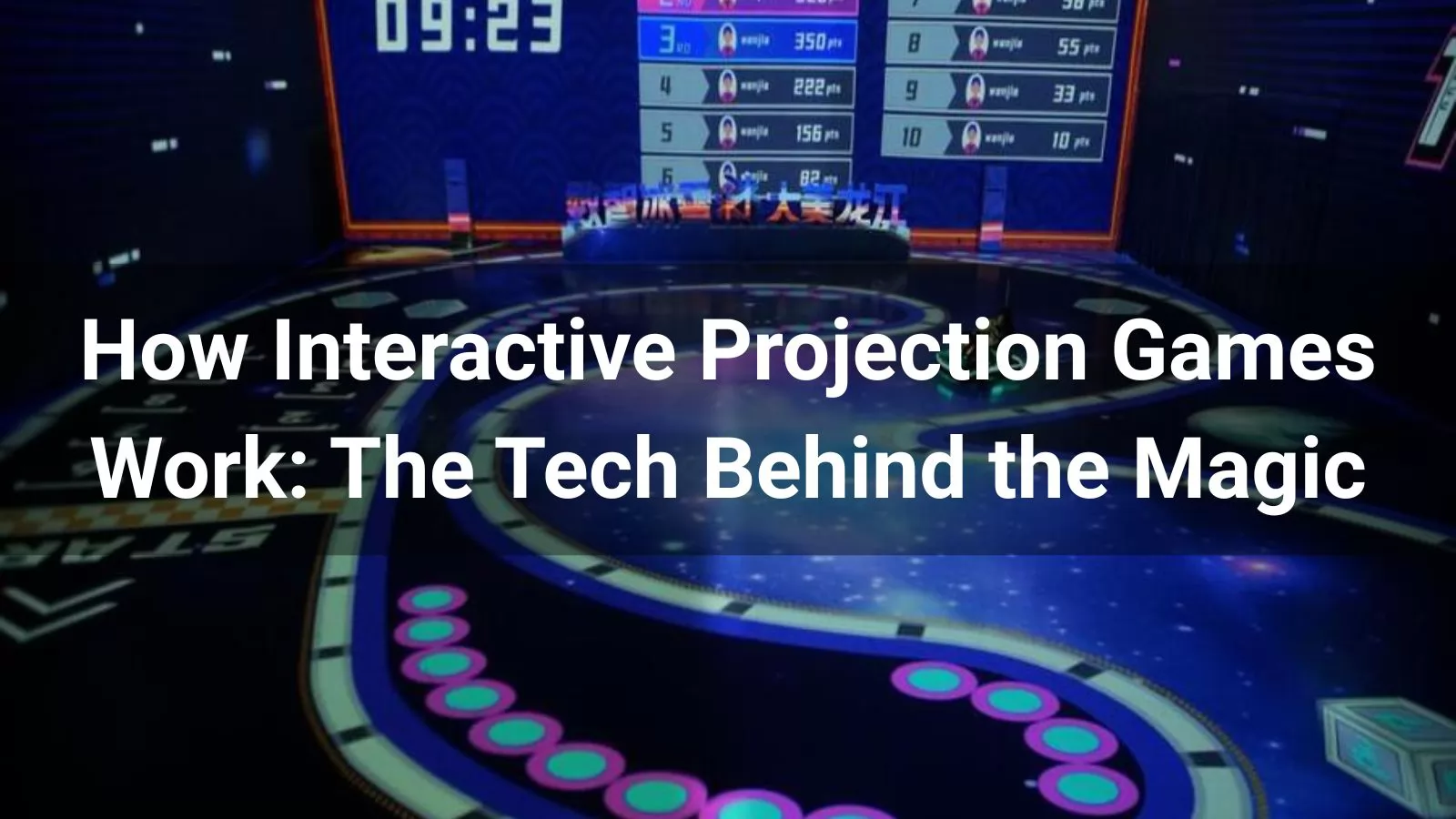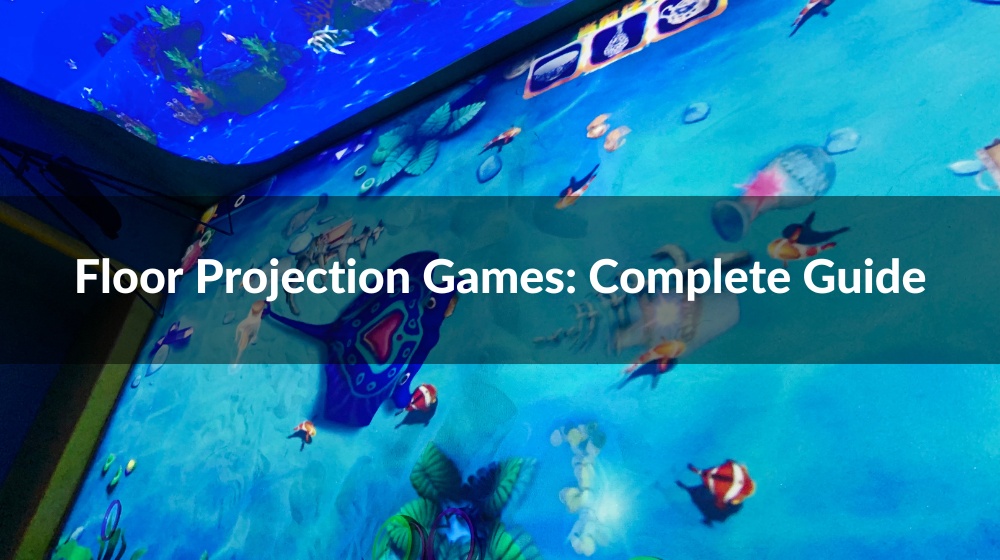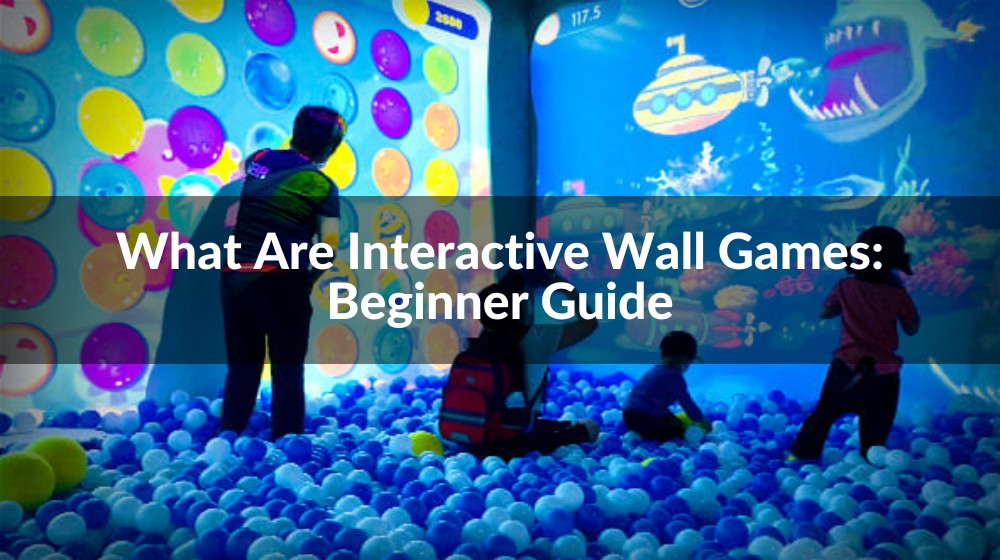
Interactive projection games turn ordinary surfaces like floors, walls, or tables into vibrant, interactive playgrounds, captivating players across ages. From classrooms to shopping malls, these games merge physical movement with digital immersion, creating experiences that feel like stepping into a virtual world. But what makes this seamless blend of reality and technology possible? Below, we explore the technology powering interactive projection games, breaking down their components, workflow, and future potential.
The Core Components
The magic of interactive projection games lies in a sophisticated interplay of hardware and software. A high-quality projector, often a short-throw or ultra-short-throw model, casts vivid visuals onto a surface, delivering clear images even in well-lit spaces. Motion sensors, such as infrared or depth-sensing cameras, track players’ movements in real time, detecting footsteps or gestures with precision. A powerful computer processes this data, running specialized software like LUMOplay or TouchMagix to render dynamic game visuals and respond to player actions. The projection surface itself—typically a smooth, light-colored floor or wall—ensures the visuals pop, with some setups using durable mats for high-traffic areas. Together, these components create a responsive, immersive gaming experience.
The Workflow: From Movement to Magic
The process behind interactive projection games is a rapid, seamless loop. First, the projector displays the game’s visuals, such as a virtual soccer field or a puzzle grid. As players interact—stepping, waving, or touching—motion sensors detect these movements within a virtual grid overlaying the projection. The computer’s software interprets this data, calculating the interaction’s impact, like kicking a digital ball or popping a virtual bubble. Within milliseconds, the projector updates the visuals to reflect the player’s actions, creating a fluid, real-time experience. This cycle of projection, detection, processing, and response happens so quickly that players feel fully immersed in the game.
Advanced Technologies in Play
Interactive projection games are evolving with cutting-edge technologies. Augmented reality (AR) enhances immersion by overlaying digital elements onto physical spaces, turning a floor into a virtual jungle or a wall into a spaceship dashboard. Artificial intelligence (AI) adds adaptability, adjusting game difficulty or generating unique content based on player behavior. Projection mapping allows games to align with irregular surfaces, like curved walls, for creative setups. Multiplayer capabilities enable several players to engage at once, with advanced tracking distinguishing each person’s actions. These innovations make games more engaging and versatile, appealing to diverse audiences.
Real-World Applications
The technology behind interactive projection games fuels a wide range of applications. In education, games teach concepts like math or spelling through interactive puzzles, boosting student engagement. Entertainment venues, such as arcades or theme parks, use projection games for attractions like virtual sports or adventure quests. Retail spaces deploy interactive floors to draw customers, sometimes integrating branded games that offer discounts as rewards. In healthcare, projection games support physical therapy by encouraging movement in fun, gamified ways, helping patients recover while staying motivated. These use cases highlight the technology’s ability to entertain, educate, and engage.
Challenges and Considerations
Despite their appeal, interactive projection games face technical hurdles. Bright ambient lighting can dim projections, requiring high-lumen projectors or controlled environments. Calibration is critical, as misaligned sensors or projectors disrupt gameplay, and setup can be time-intensive. High-end systems, including projectors and sensors, carry significant costs, though DIY options are becoming more accessible. Maintenance is another concern, particularly in busy venues, where surfaces need regular cleaning and systems require periodic recalibration. Addressing these challenges is key to ensuring a smooth experience.
The Future of Interactive Projection Games
The future of interactive projection games is bright, with emerging technologies poised to elevate the experience. Holographic projections could replace traditional projectors, offering 3D visuals without physical surfaces. Wearable devices, like AR glasses or smartwatches, might integrate with games for personalized interactions. AI advancements could create games that adapt to players’ emotions or preferences in real time, enhancing engagement. As these innovations unfold, interactive projection games will likely expand into new fields, from immersive museum exhibits to virtual tourism experiences, making the technology even more integral to our daily lives.
Interactive projection games showcase the power of technology to transform spaces into dynamic, playful environments. By blending projectors, sensors, and intelligent software, these systems deliver experiences that captivate and inspire. Whether you’re a student, a shopper, or a gamer, the magic of interactive projection games invites you to step in and play.



.png)














